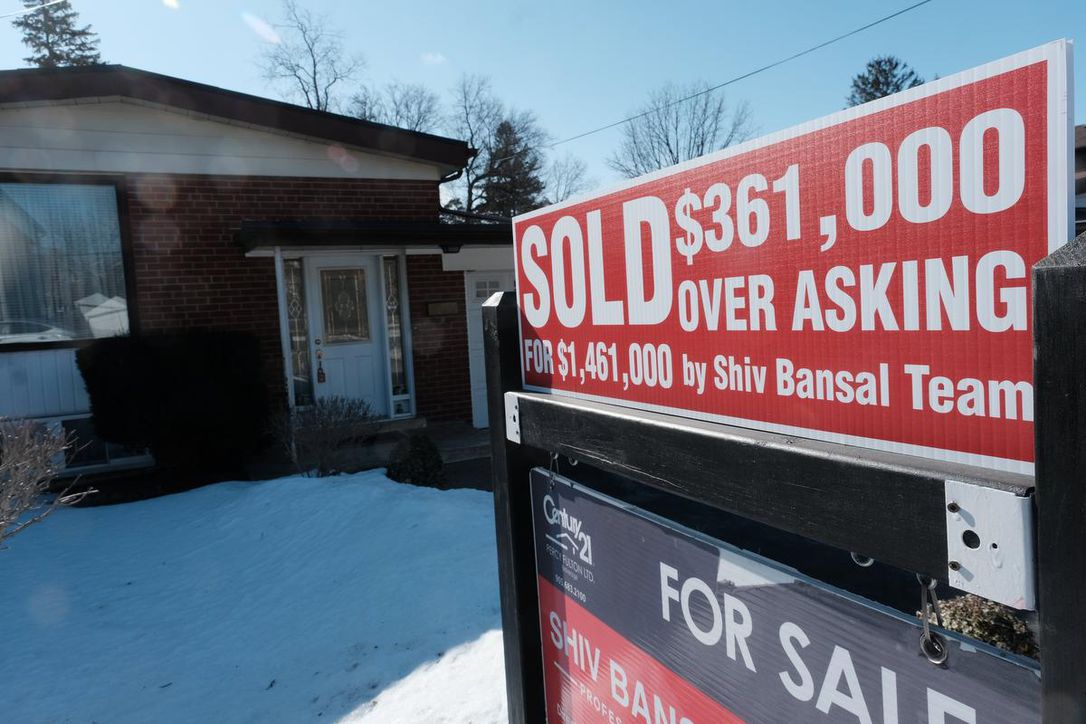Economists forecast the fastest rise in interest rates
- Posted By Ndl 1 Realty
ANZ, one of the big four banks in Australia, forecasts the fastest ever rise in interest rates for the rest of the year. In spite of that, it is believed that most households can cope with the rapid rise, according to the Reserve Bank of Australia.
ANZ economists are predicting the fastest rise in interest rates that will be rolled out by the RBA to a whopping 3.35% by November this year, a record of six double interest rate increases in a row.
Other banks surmise that the cash rate will only tip at 2.6% in the coming months. However, the experts at ANZ do not believe the RBA will be satisfied with that level.
According to David Plank, head of Australian economics at ANZ, they expect the cash rate to reach 3% by late 2022, more than 12 months earlier than their previous prediction.
"This reflects the strong momentum in the labour market and the clear upside risks to inflation," Mr Plank said.
"We don't think the RBA will be comfortable with policy merely getting to neutral by year-end given this backdrop."
ANZ expects the RBA to increase its cash rate four more times over the course of August, September, October, and November, taking it to 3.35% following up on the massive increases in June and July.
"At this stage, our thinking is that the cash rate will need to remain at this restrictive setting for an extended period, given persistence in core inflationary pressures," Mr Plank said.
"But we are conscious the downside risks to the economic outlook will increase with such a rapid move to a restrictive setting."
As inflation rises, people will be affected by interest rate hikes, said RBA deputy governor Michele Bullock. She explained that some households will find the hikes impacting their ability to pay their debts and their cash flow.
"It will impact people. It'll impact cash flows. To the extent that housing prices start to decline a bit, it will affect people's feeling of wealth and that sometimes impacts as well," Ms Bullock said.
Nevertheless, Ms Bullock believes that, overall, households are well-positioned to deal with the increasing rates.
"On balance, I would conclude that as a whole households are in a fairly good position," she told an ESA Queensland function.
"The sector as a whole has large liquidity buffers, most households have substantial equity in their housing assets, and lending standards in recent years have been more prudent and have built-in larger buffers for interest rate increases.
"Much of the debt is held by high-income households that have the ability to service their debt and many borrowers are already making repayments well above what is required.
"Furthermore, those on very low fixed-rate loans have some time to prepare themselves for higher rates."
Given that higher-income households can devote more of their income to debt servicing, a large number of households are "likely to be able to handle somewhat higher interest rates."
Taking into account recent financial market pricing, the RBA tried to assess the effects of a rise in variable mortgage rates of around 300 basis points.
Over one-third of variable-rate borrowers are already making enough payments on their loans to cover the increased repayments, according to Ms Bullock.
"In other words, there is limited impact on these borrowers.
"On the other hand, just under 30% of borrowers would face relatively large repayment increases of more than 40% of their current payments."
By the end of 2023, fixed-rate borrowers will see their monthly payments rise by around $650 (or 45%), slightly more than borrowers with variable rates.
In ANZ's estimation, if the cash rate reaches 3.35% by November, that will be 325 basis points of hikes since May - the fastest tightening cycle since the RBA began declaring its desired level for the cash rate in 1990.

